Nestled in the heart of the White Mountains of Arizona, Silver Creek is a charming area located in Show Low. Known for its beautiful landscapes, recreational activities, and a friendly community, it offers a unique blend of relaxation and adventure. If you’re considering a visit or a longer stay in this beautiful region, this guide will provide you with all the essential information you need.
What Makes Silver Creek Special?
A Nature Lover’s Paradise
Silver Creek is surrounded by stunning natural beauty. The area is characterized by lush forests, serene lakes, and breathtaking views that attract outdoor enthusiasts year-round. Here are some activities you can indulge in:
- Fishing and Boating: Silver Creek is known for its pristine waters. Nearby Show Low Lake offers great opportunities for fishing and boating, making it a perfect spot for a family outing.
- Hiking and Camping: With numerous trails, hiking in the White Mountains is a memorable experience. See the stunning views from the top of various peaks or camp in designated areas.
- Wildlife Watching: The region is home to an array of wildlife, including deer, elk, and various bird species. Photography enthusiasts will love capturing these moments in nature.
 Show Low Lake Aerial View
Show Low Lake Aerial View
A Community with a Rich History
Silver Creek is not just about nature; it has a rich history that’s worth exploring. The area was once home to early settlers and has ties to the timber industry. Today, remnants of that history can still be seen in the architecture and local stories shared by long-time residents.
 Historic Log Cabin in Silver Creek
Historic Log Cabin in Silver Creek
Accessibility and Amenities
Being close to Show Low, Silver Creek offers easy access to essential amenities while maintaining a tranquil and rural charm. Visitors can find:
- Shopping: Local shops provide unique gifts and souvenirs.
- Dining: Several delightful restaurants serve both local and international cuisine.
- Healthcare: The community is served by well-established medical facilities.
Key Attractions in Silver Creek
Here’s a list of highlights that you shouldn’t miss while visiting Silver Creek:
| Attraction | Description |
|---|---|
| Show Low Lake | A serene lake perfect for fishing, kayaking, and picnicking. |
| White Mountain Nature Center | Educational center with exhibits on local wildlife and guided tours. |
| Rim Lakes Recreation Area | Offers hiking trails, fishing spots, and camping facilities. |
| Mogollon Rim | A beautiful escarpment offering stunning panoramic views and vast wilderness. |
Outdoor Activities in Silver Creek
1. Fishing
As mentioned before, fishing is a popular pastime in Silver Creek. Local waters are teeming with trout, making it a favorite for anglers of all skill levels. Notably, the Show Low Creek and Silver Creek Reservoir are prime fishing spots.
2. Hiking and Biking
For those who love to hike, the many trails in the area cater to various skill levels. The Wheeler Peak Trail is a must for adventure seekers, while gentler trails are available for families with young children.
 Panoramic View from Wheeler Peak Trail
Panoramic View from Wheeler Peak Trail
3. Camping
Camping spots abound in Silver Creek, which allows you to immerse yourself in nature overnight. Campgrounds range from rustic, primitive sites to more developed areas with amenities.
4. Winter Sports
Silver Creek may not be known for its skiing, but nearby resorts offer fantastic options for winter sports enthusiasts. The Pinetop-Lakeside area isn’t far away and provides skiing, snowboarding, and snowshoeing opportunities.
Understanding the Local Climate
Before planning your visit, it’s crucial to understand Silver Creek’s climate. It has a high desert climate, characterized by:
- Mild summers: Average temperatures range from 75°F to 85°F (24°C to 29°C).
- Cool winters: Temperatures can drop to 20°F (-6°C) at night but can reach up to 50°F (10°C) during the day.
- Rain and Snow: Expect occasional rain in summer and snow during winter months.
 Snow Covered Pine Trees in Silver Creek
Snow Covered Pine Trees in Silver Creek
This diverse climate supports a variety of outdoor activities year-round, so be sure to pack accordingly!
Key Takeaways
- Silver Creek in Show Low, AZ, is a beautiful destination with rich history and recreational opportunities.
- The area offers various outdoor activities, including fishing, hiking, and camping.
- It features a mix of amenities, making it suitable for both short visits and extended stays.
- Understanding the local climate will help you prepare for your trip effectively.
Frequently Asked Questions (FAQ)
1. What is the best time to visit Silver Creek?
Answer: Spring and fall are ideal times to visit due to mild temperatures and lower tourist activity.
2. Are there any accommodations available?
Answer: Yes, several cabins, vacation rentals, and hotels are available in and around Silver Creek.
3. Is fishing season year-round?
Answer: Fishing licenses are required, and fish availability can vary. Summer is usually more productive.
4. What type of wildlife can I see in Silver Creek?
Answer: Expect to see deer, elk, and various bird species, especially during the warmer months.
5. Are there guided tours available?
Answer: Yes, many local companies offer guided tours for hiking, wildlife watching, and more.
6. How far is Silver Creek from Show Low?
Answer: Silver Creek is approximately 10 miles (16 km) from Show Low.
7. Can I bring my pets to Silver Creek?
Answer: Pets are often welcome in camping areas, but always check specific regulations of each facility.
8. Are there any local events held in Silver Creek?
Answer: Local festivals and community events are held periodically. Check community boards for upcoming events.
9. What shops and dining options are available?
Answer: You’ll find boutique shops and varied dining options, from casual eateries to more upscale restaurants.
10. How can I stay safe while hiking or camping?
Answer: Always inform someone of your plans, carry enough water, check weather conditions, and familiarize yourself with local wildlife.
With its rich history, natural beauty, and a welcoming community, Silver Creek is a place where memories are made. This guide serves as your starting point to explore all that Silver Creek and Show Low have to offer, ensuring a rewarding experience for visitors of all ages. Whether you stay for a day or several weeks, you’re sure to fall in love with this hidden gem of Arizona.

 Golfer Hitting Ping G30 Iron
Golfer Hitting Ping G30 Iron Golf Club Fitting
Golf Club Fitting
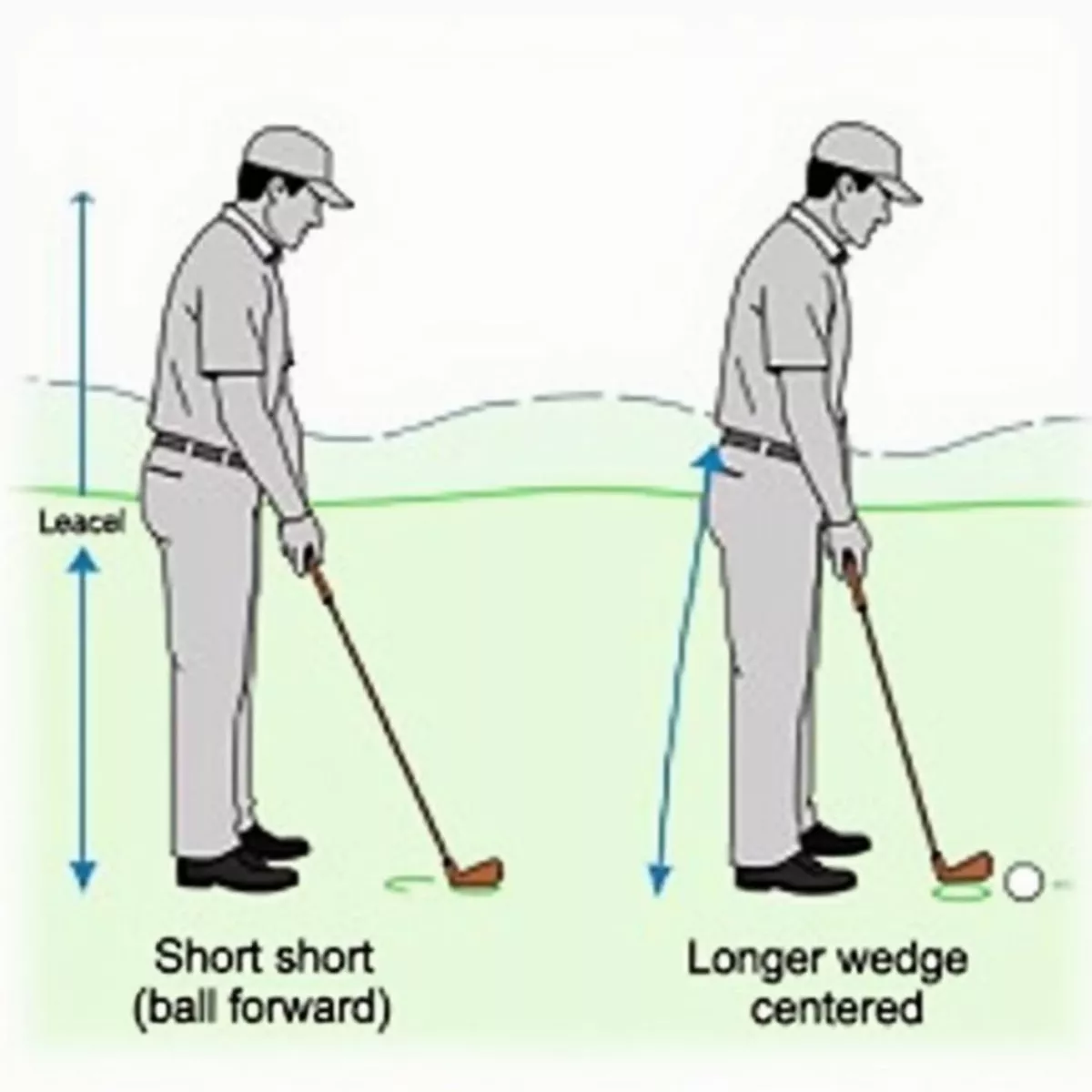 Golf Ball Position for Wedge Shots
Golf Ball Position for Wedge Shots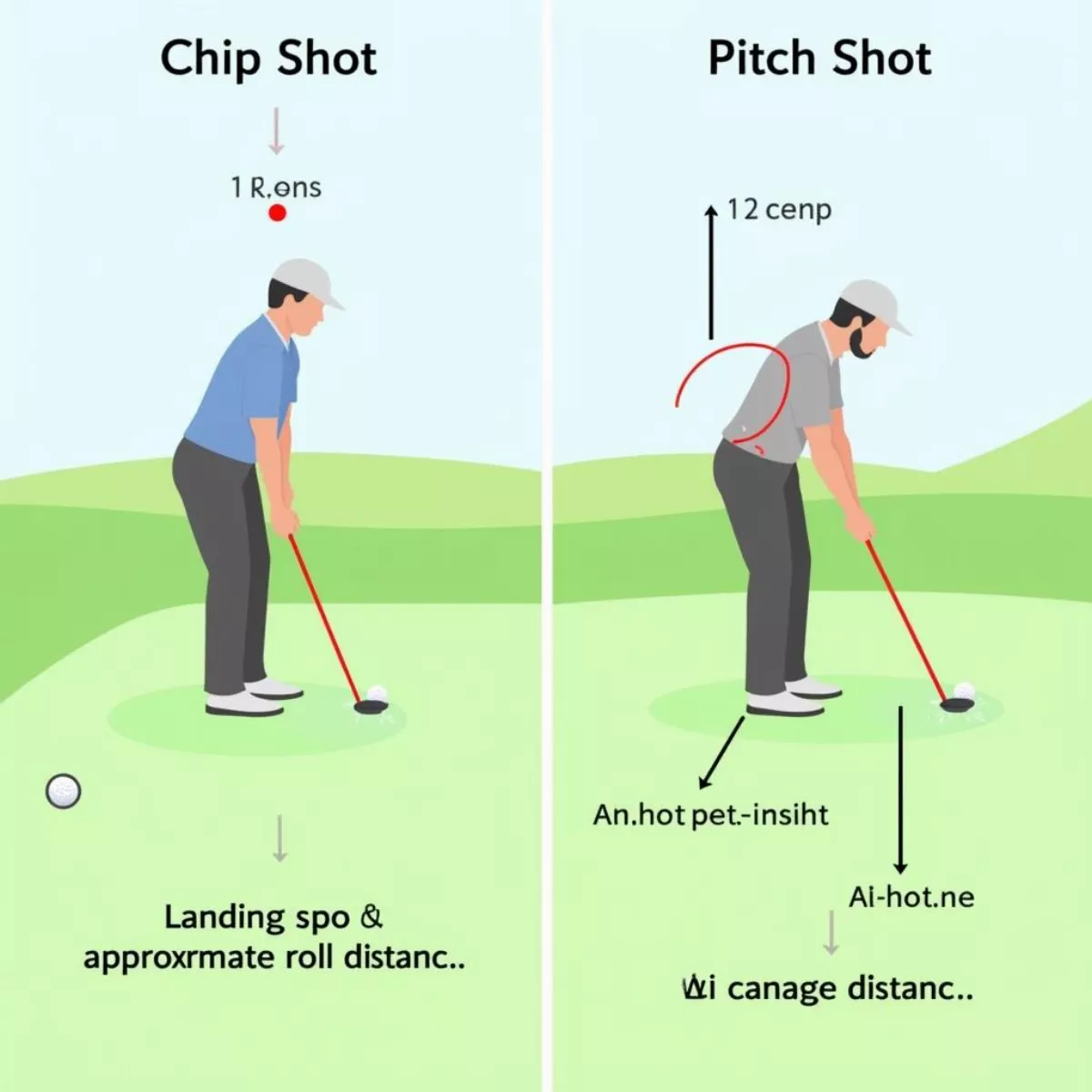 Golf Chip Shot vs. Pitch Shot
Golf Chip Shot vs. Pitch Shot Golfer and Instructor Analyzing Swing
Golfer and Instructor Analyzing Swing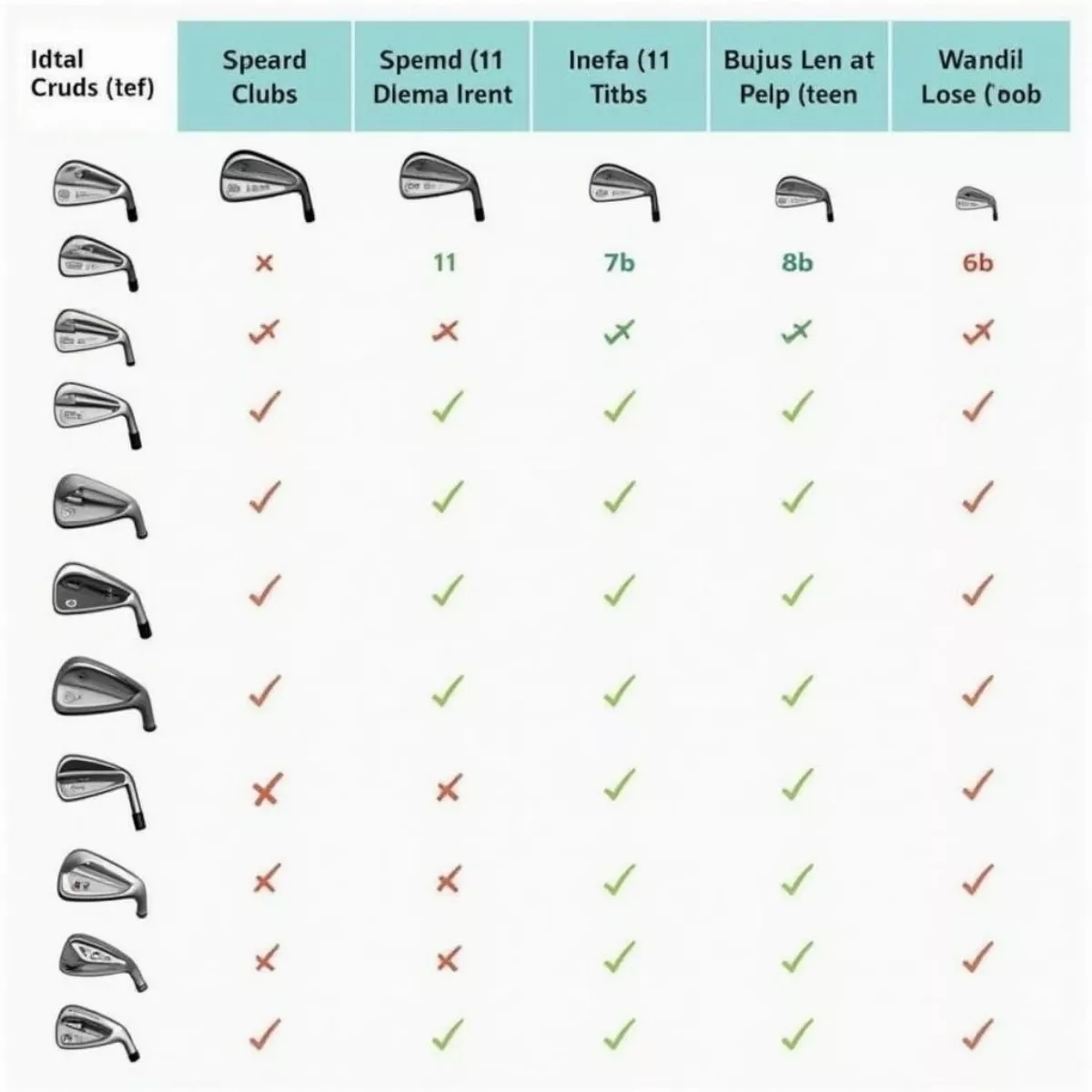
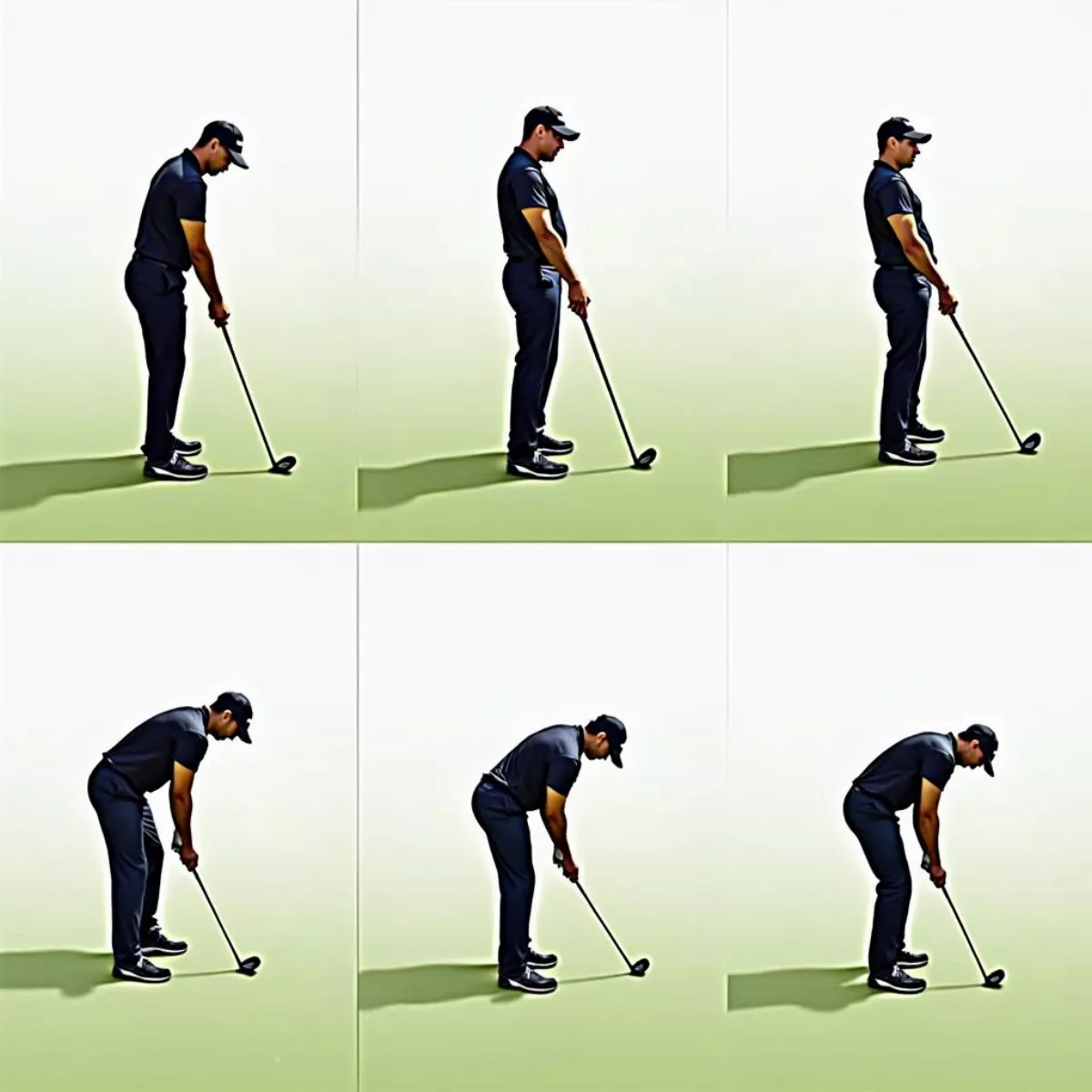 Golfer Demonstrating a Short Follow-Through
Golfer Demonstrating a Short Follow-Through Golfer Executing a Low Punch Shot
Golfer Executing a Low Punch Shot Correct Golf Ball Position for Lower Shots
Correct Golf Ball Position for Lower Shots
 Golfer Practicing Draw at Driving Range
Golfer Practicing Draw at Driving Range
 Seville Golf Clubhouse and Membership
Seville Golf Clubhouse and Membership  Seville Golf Dining Experience
Seville Golf Dining Experience Seville Golf Course Sunset
Seville Golf Course Sunset 
 Golfer Using Mizuno JPX 921 Hot Metal Pro Iron
Golfer Using Mizuno JPX 921 Hot Metal Pro Iron Comparing Mizuno JPX 921 Hot Metal Pro Irons
Comparing Mizuno JPX 921 Hot Metal Pro Irons Golfer Choosing Mizuno JPX 921 Hot Metal Pro
Golfer Choosing Mizuno JPX 921 Hot Metal Pro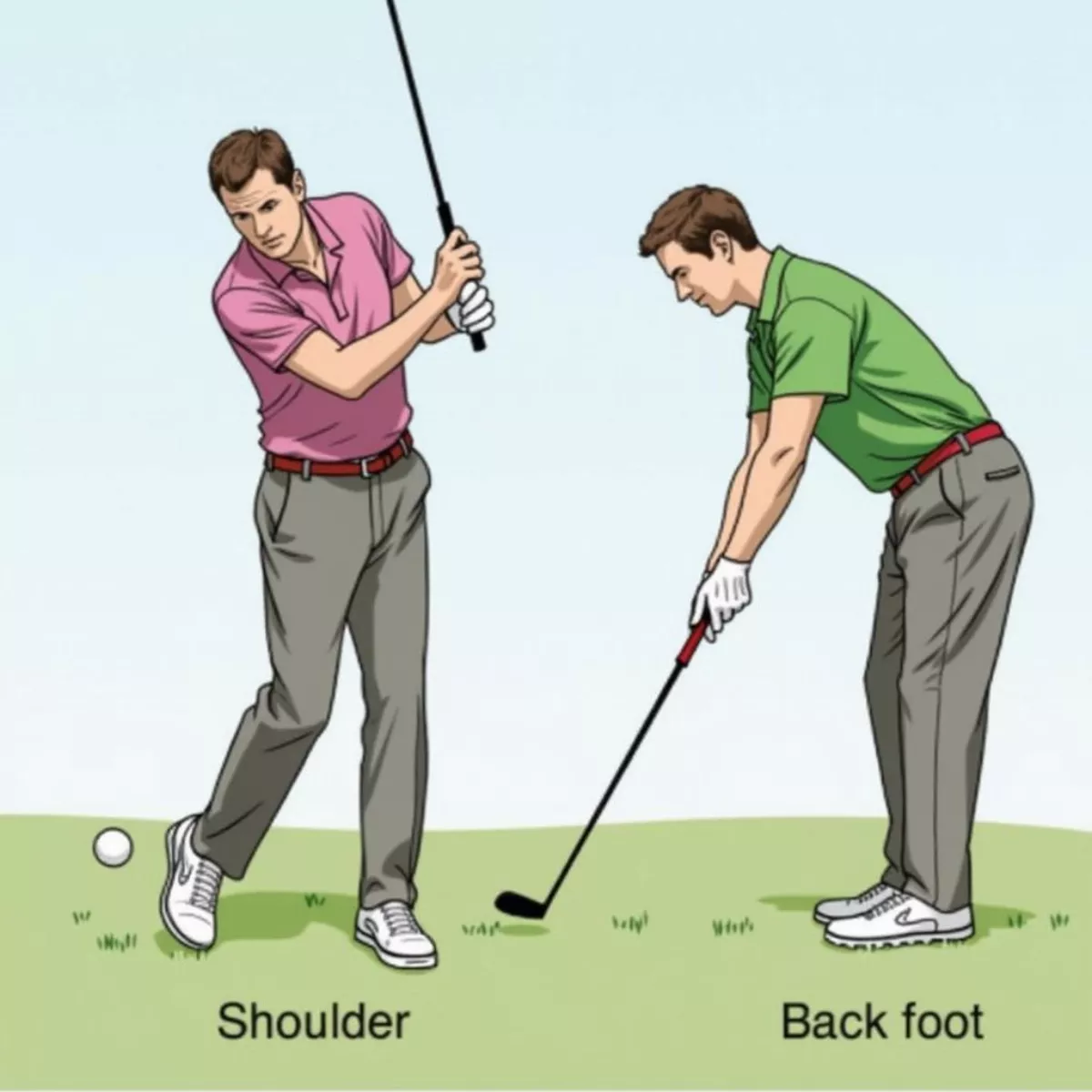
 Golfer finishing swing with 3-wood
Golfer finishing swing with 3-wood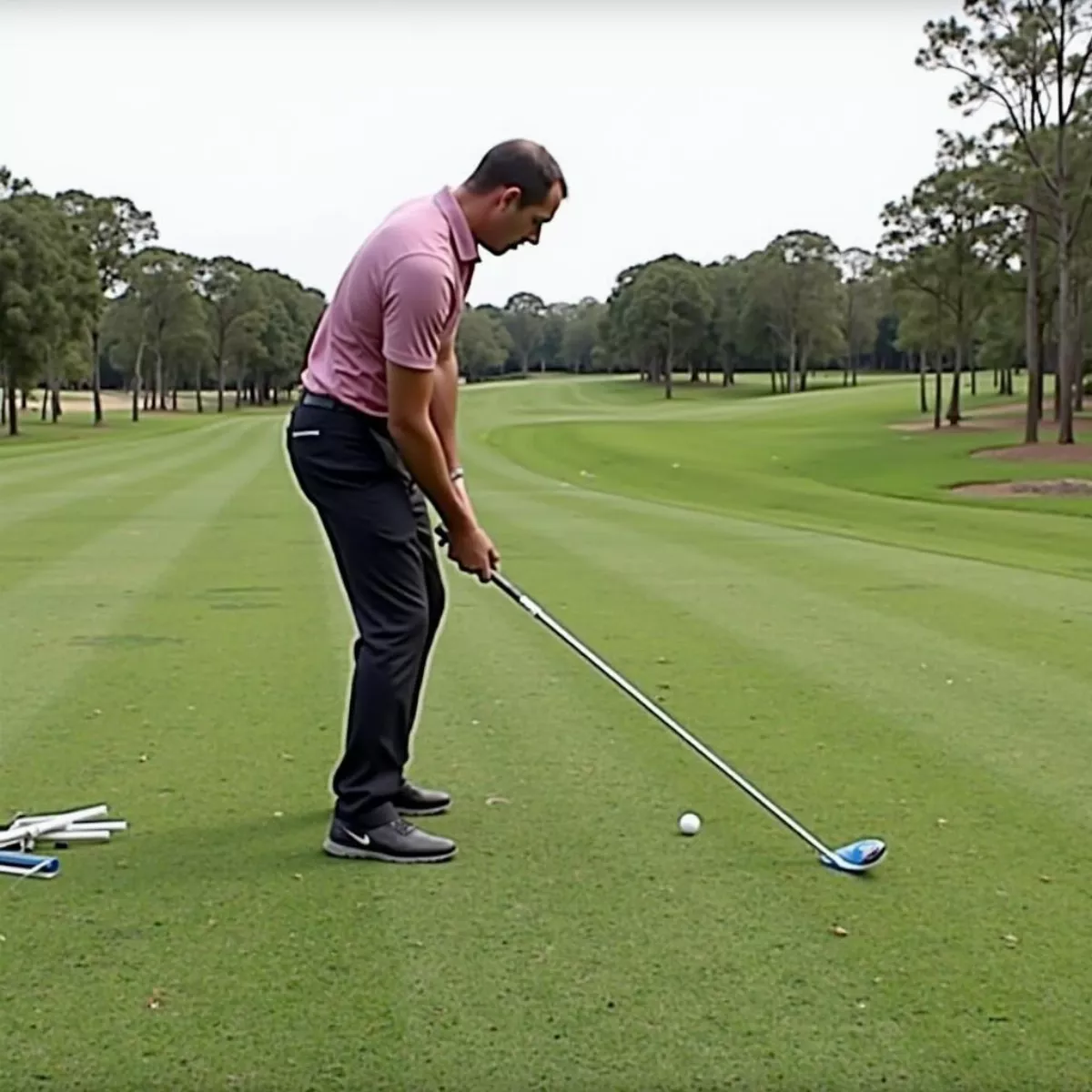 Golfer using alignment sticks for practice
Golfer using alignment sticks for practice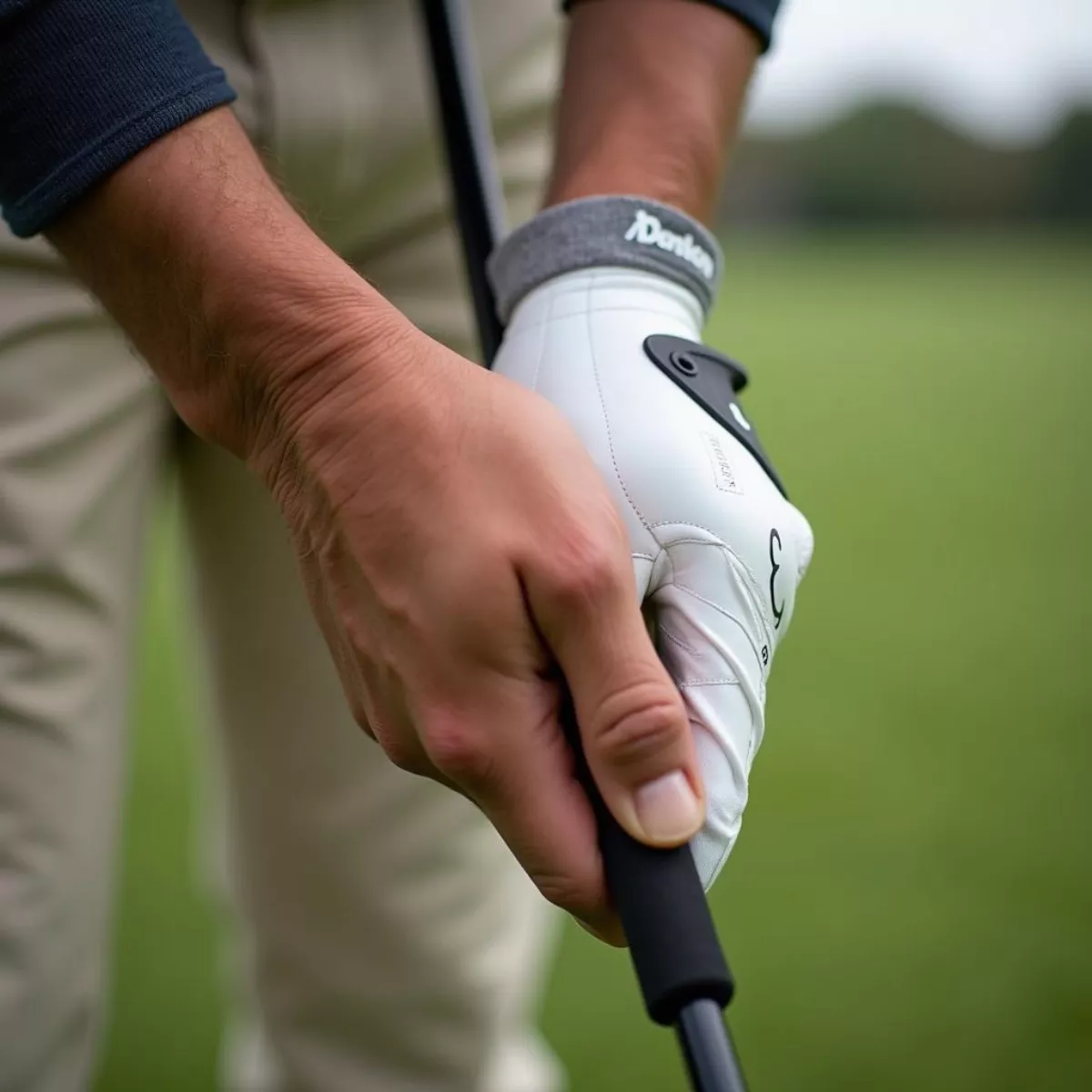
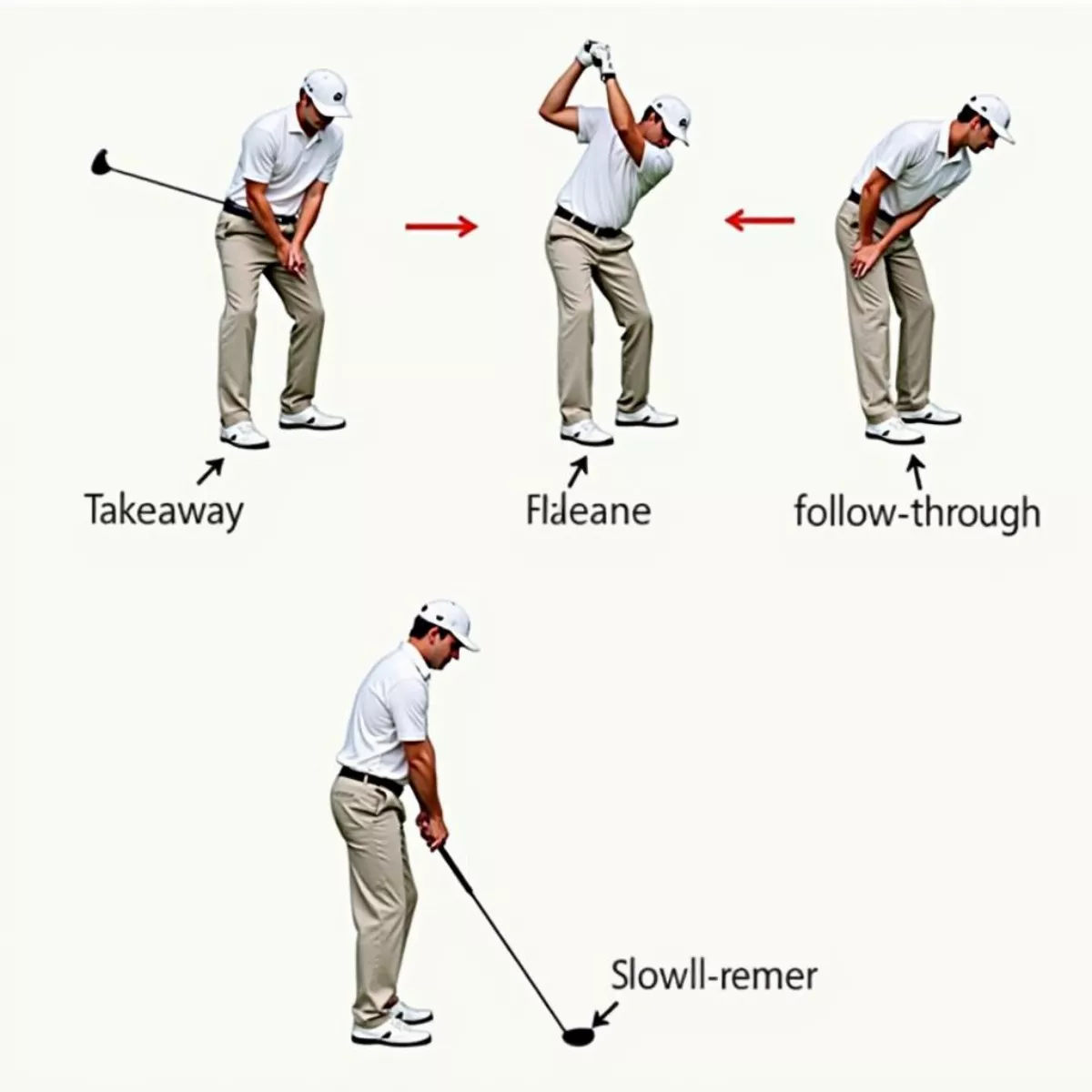 Golfer's swing sequence
Golfer's swing sequence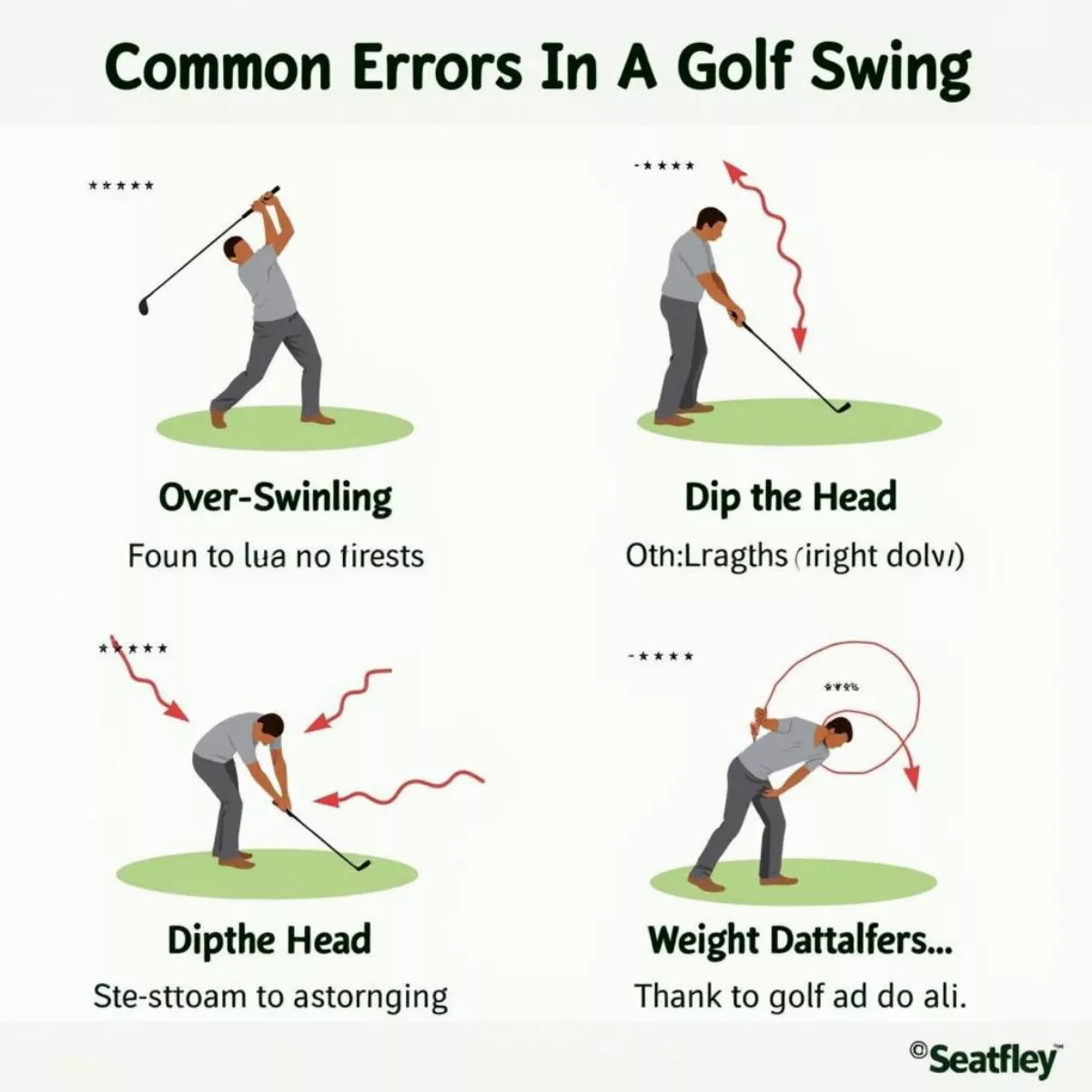 Common golf swing mistakes
Common golf swing mistakes